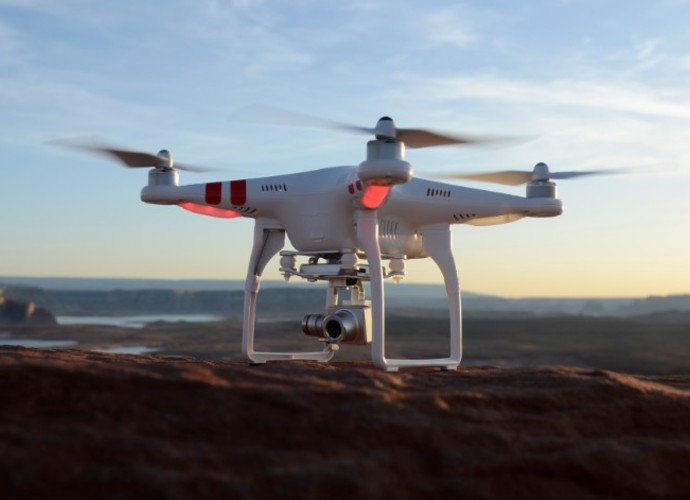Advancements in autonomous technology are rapidly transforming the capabilities of quadcopter drones, pushing the boundaries of what these versatile machines can achieve. Precision flight maneuvers, once the exclusive domain of skilled human pilots, are increasingly being automated through sophisticated algorithms, advanced sensor systems, and powerful onboard processing. This evolution is unlocking new potential for drones across a wide spectrum of applications, from infrastructure inspection and package delivery to search and rescue operations and military reconnaissance.
One of the key drivers of this progress is the development of robust flight control systems. These systems rely on a combination of sensors, including GPS, LiDAR, ultrasonic sensors, and cameras, to create a real-time map of the drone's surroundings. This map enables the drone to autonomously identify and avoid obstacles, ensuring safe operation even in complex environments. AI and machine learning algorithms further enhance these capabilities, allowing drones to predict and react to dynamic obstacles with greater speed and accuracy.
Precision landing is another critical area of focus. Whether it's landing on a moving platform, a designated charging pad, or within a confined space, the ability to land accurately and reliably is paramount for autonomous drone operations. Recent advancements in precision landing systems leverage computer vision, GPS, and pattern recognition to enable drones to land with centimeter-level accuracy, even in challenging conditions such as weak GPS signals or dynamic environments. Companies like Starling are developing drone-in-a-box solutions that rely on advanced algorithms and cutting-edge technology partnerships to ensure consistent, accurate landings day and night.
AI is playing an increasingly important role in enhancing drone autonomy and precision. AI-powered navigation systems allow drones to make informed decisions on-the-fly, adapting to changing conditions and optimizing flight paths in real time. Machine learning models can be deployed to interpret vast datasets, ranging from detailed imagery of farmland to temperature readings in forest fire zones. These models can identify early signs of equipment failure or structural damage, guiding proactive maintenance and reducing operational downtime.
Furthermore, AI algorithms are being used to enhance flight control and stability. By monitoring wind speed, atmospheric pressure, and other environmental factors, AI systems can adjust drone flight attitudes to ensure safe and efficient flight. AI algorithms also analyze large amounts of data to optimize delivery routes and schedules, improving efficiency and reducing costs.
Obstacle avoidance systems are also becoming more sophisticated. Drones are now equipped with sensors and AI-based algorithms that allow them to detect and avoid obstacles in real time. These systems use cameras, LiDAR, or radar to map the environment and adjust the drone's flight path accordingly. Some drones even use sensor fusion, combining data from multiple sensors to improve accuracy and reliability.
Recent developments have showcased drones surpassing human pilots in precision. A team in China developed a drone system capable of autonomously executing aerial aerobatics with greater precision than skilled human pilots. The autonomous system achieved a 100 percent success rate navigating through narrow gates, while human pilots only succeeded 12.5 percent of the time. This breakthrough could revolutionize search and rescue missions and other applications requiring agility in complex environments.
Software also plays a vital role in autonomous precision flight. Flight planning software allows operators to set waypoints, plan routes, and monitor the drone's flight status in real time. This software often includes features such as automated preflight checklists, airspace awareness, and the ability to import shapefiles to ensure the target flight area is captured.
The future of autonomous precision flight for quadcopter drones is bright. As AI, sensor technology, and flight control systems continue to advance, drones will become even more capable, reliable, and versatile. This will unlock new opportunities for drones to transform industries and improve our lives, from delivering life-saving medical supplies to inspecting critical infrastructure and monitoring the environment.

















